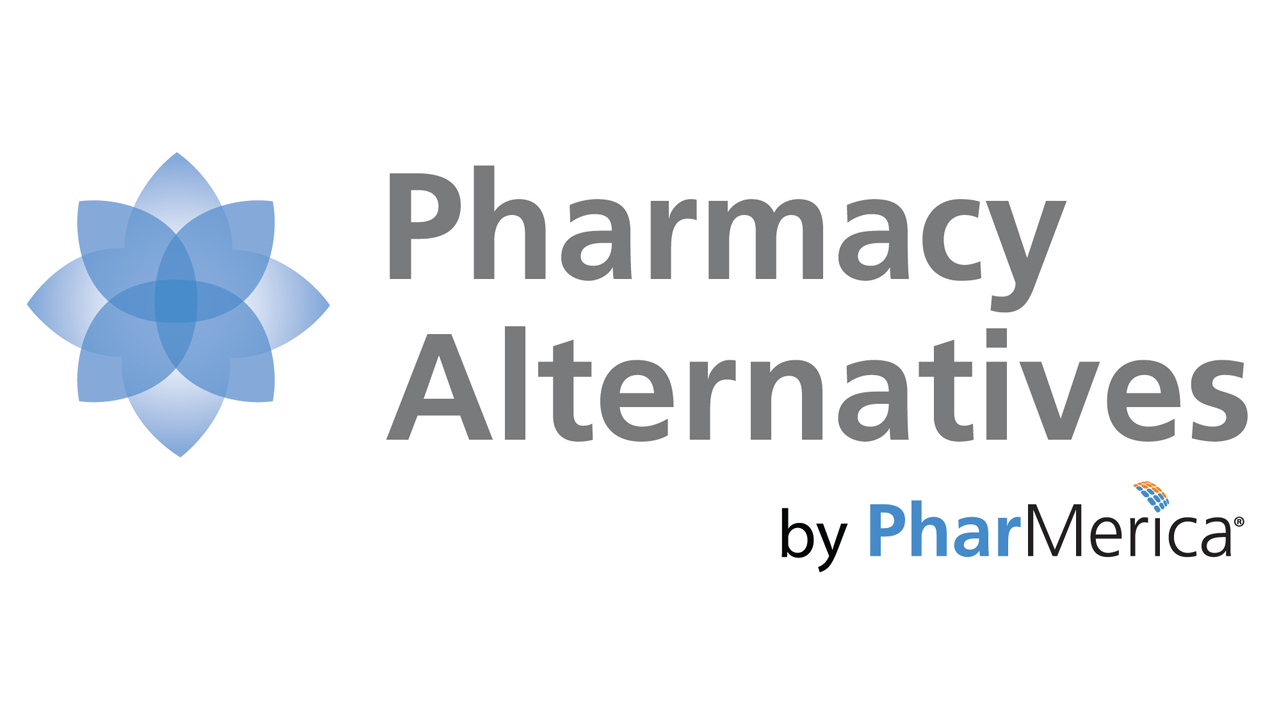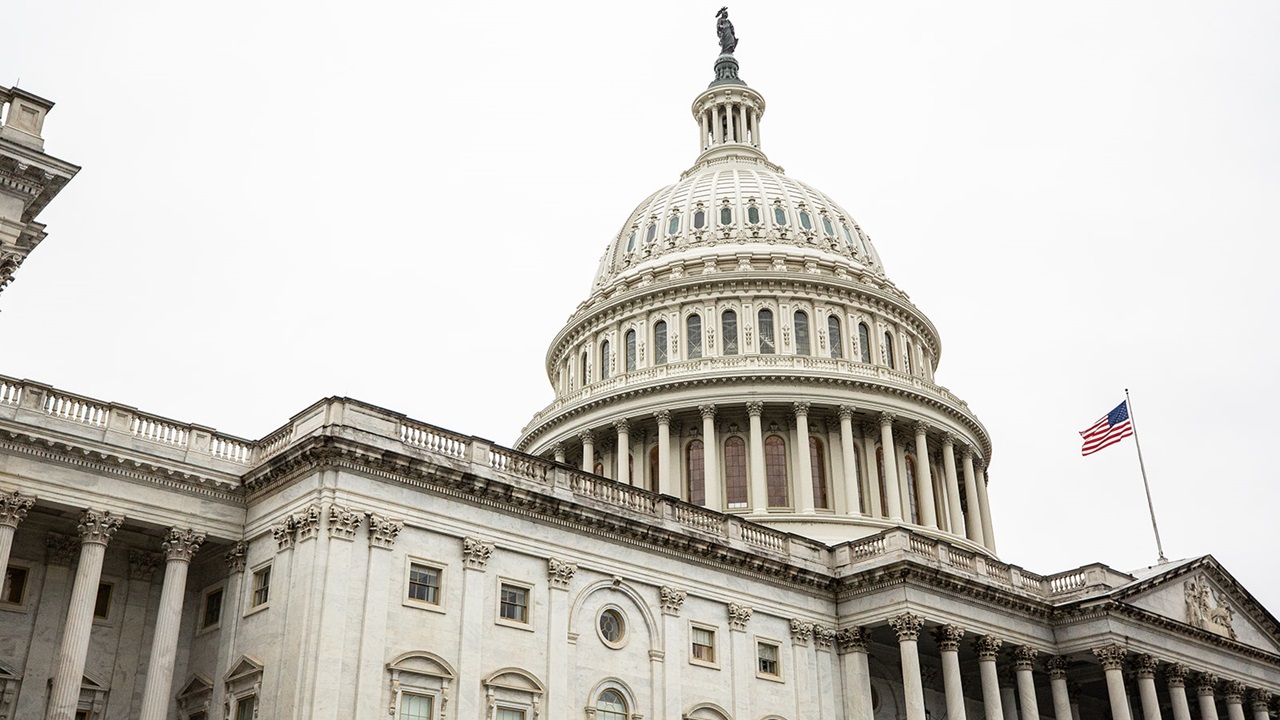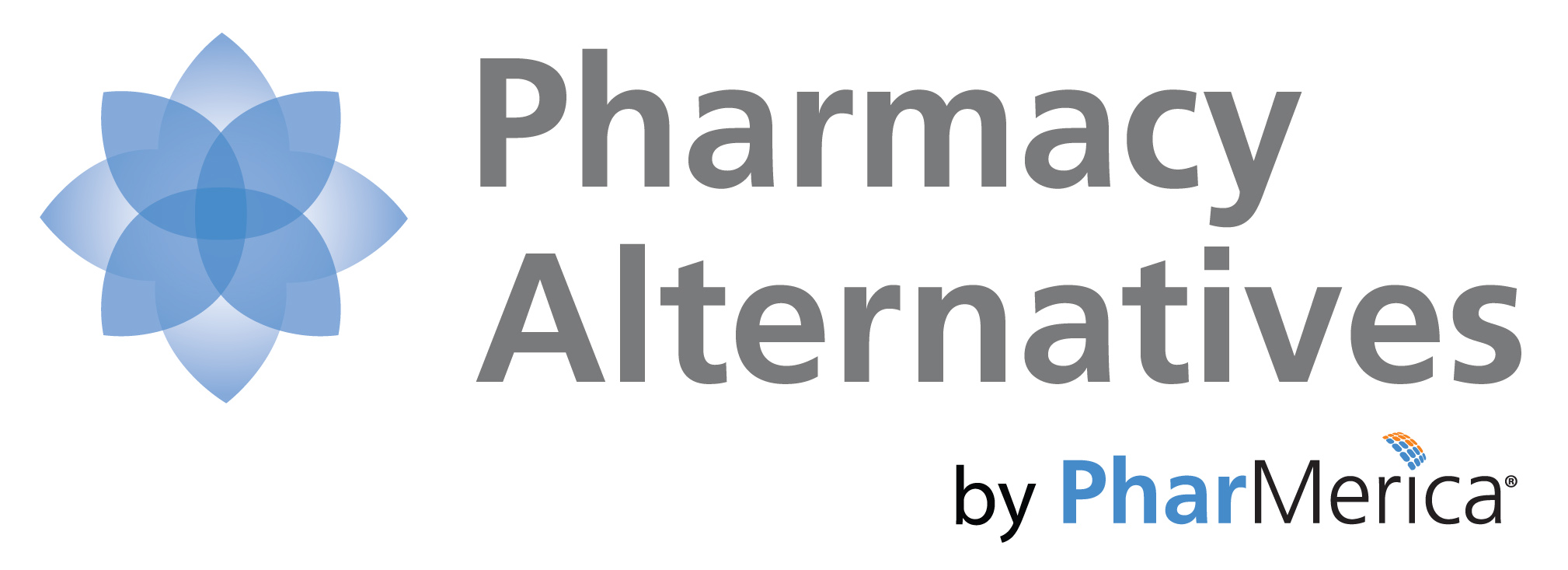Connections - 09.29.22
How Providers Can Protect People Supported, Staff & Others from Monkeypox

Share this page
Stay Informed on the Latest Research & Analysis from ANCOR
More News
Stateside Report - 07.14.25
Stateside Report: July 14, 2025

Stateside Report - 07.07.25
Stateside Report: July 07, 2025

Press Release - 07.03.25
Statement on Final Passage of the Republican Reconciliation Package


